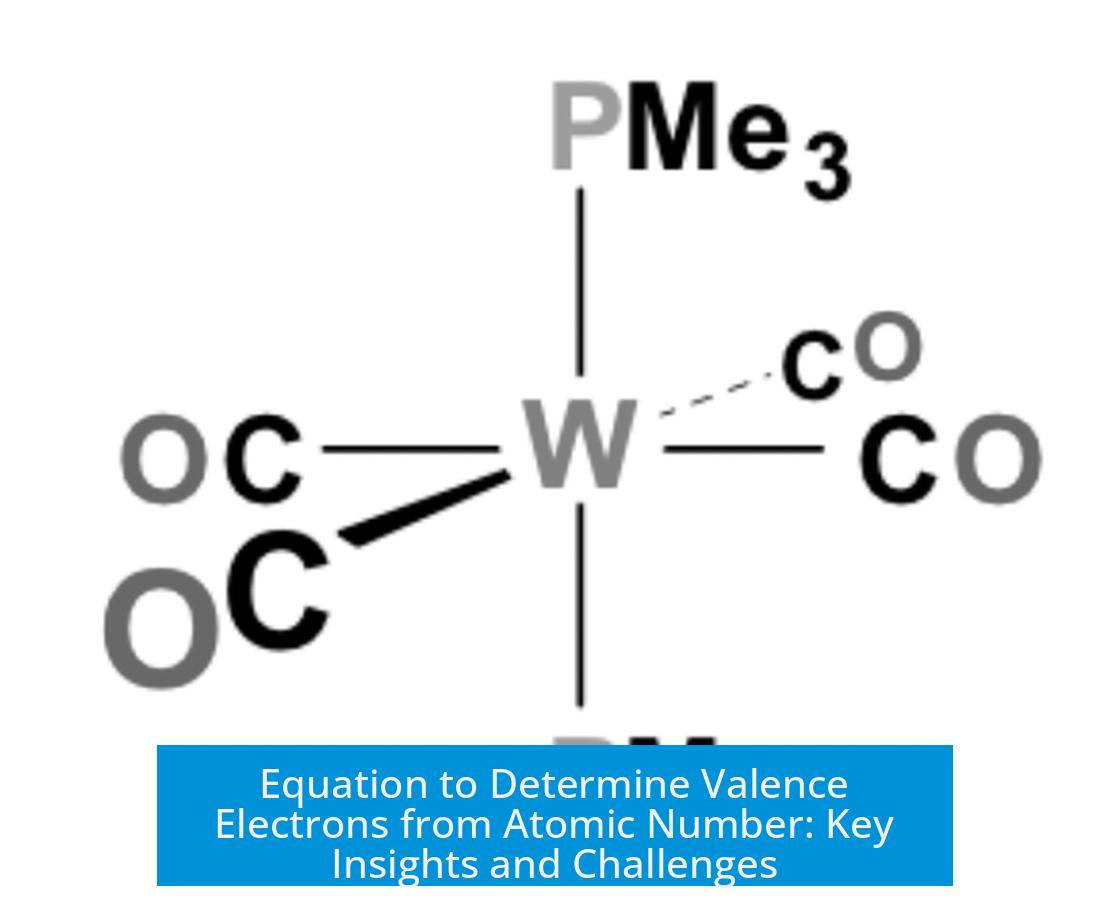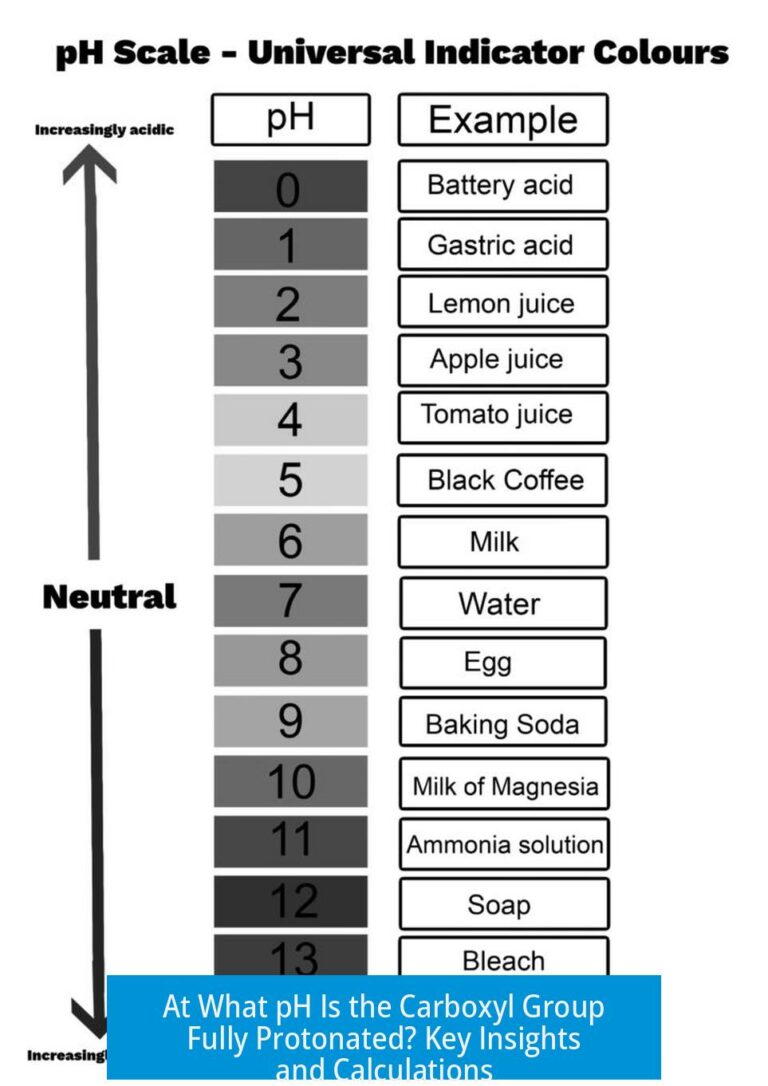Is There an Equation to Calculate Valence Electrons From Atomic Number?
There is no direct equation to calculate the number of valence electrons of an element solely from its atomic number. Valence electrons relate to the element’s group and electronic configuration, which cannot be derived by a simple formula using atomic number alone.
Why Atomic Number Alone Is Insufficient
The atomic number indicates the number of protons and, in a neutral atom, also the number of electrons. However, electrons occupy different orbitals and shells based on quantum mechanics rules, which determines valence electrons. Simply knowing the atomic number does not reveal the distribution of electrons across shells or orbitals.
Valence electrons are typically those electrons in the outermost shell that participate in chemical bonding. Their count depends on the element’s position in the periodic table, especially its group. For instance, group 1 elements have 1 valence electron, group 17 elements have 7, and so on.
Electronic Configuration and Group Position
To determine valence electrons, one must write the electronic configuration considering the Aufbau principle, Hund’s rule, and Pauli exclusion principle. The process involves the following steps:
- Assign electrons to orbitals in increasing energy levels.
- Identify the outermost shell or valence orbitals.
- Count electrons in those valence orbitals.
This method requires knowledge of the element’s group and period, as well as electron orbital types (s, p, d, f). The diagonal rule helps in predicting electronic configurations but cannot be simplified into a single equation from atomic number.
Complications for Heavier and Transition Elements
For transition metals and heavier elements, defining valence electrons is more complex. Electrons in d and f orbitals can participate variably in bonding. For example, an element in the f-block may have valence electrons beyond the s and p orbitals. This complexity prevents a straightforward calculation.
Moreover, for hypothetical superheavy elements (like element 126), electron arrangement and valence behavior are uncertain. Valence electron counts can change depending on the atom’s environment and oxidation state.
Why Simplified Equations Fail
Some attempts to calculate valence electrons use simplistic shell-filling formulas or rules based on “filling eight electrons” per shell. These ignore the differences in orbital energies and electron-electron interactions, leading to inaccurate results. Chemistry requires detailed understanding rather than shortcut formulas.
Conclusion: Learning Chemistry Concepts Is Essential
Understanding valence electrons requires learning electronic structure and periodic table trends rather than formula-based shortcuts. Concepts such as orbitals, energy levels, oxidation states, and bonding theories provide the tools to determine valence electrons accurately.
- No direct mathematical equation exists linking atomic number to valence electrons.
- Determining valence electrons relies on writing electronic configurations correctly.
- Element groups and periods guide identification of valence orbitals.
- Transition and heavy elements complicate valence electron assignments.
- Simplified formulas often lead to incorrect conclusions.
Is there a formula to find valence electrons directly from an element’s atomic number?
No, there is no equation that converts atomic number directly into valence electrons. Valence electrons depend on the electronic configuration and the element’s group in the periodic table.
How can I estimate valence electrons using atomic number?
You can find the electronic configuration from the atomic number assuming a neutral atom. Then, identify the valence orbitals by looking at the highest energy level occupied by electrons. This requires knowledge of the diagonal rule and orbital filling order.
Why can’t a simple equation work for all elements, especially heavy ones?
For heavy elements, electrons in d, f, or g orbitals complicate the count. These orbitals participate in bonding but are not always counted as valence electrons. The concept of valence is less clear in the middle and bottom of the periodic table.
Why do simpler methods based on the octet rule fail for many elements?
Simple methods overlook the presence of d and f orbitals and electron variability. They often assume all shells fill by eight electrons, which is not true for transition metals and lanthanides, making such “equations” inaccurate.
What is the best way to understand valence electrons?
Studying electronic structure and orbital theory is key. Learn about orbitals, energy levels, and how electrons fill them. Recognize that valence electrons can mean different things depending on the chemical context and bonding.





Leave a Comment